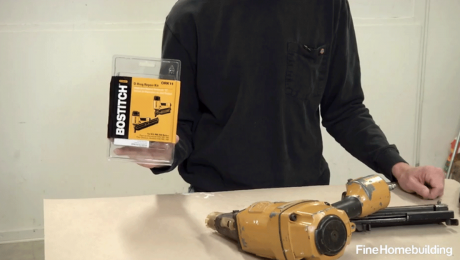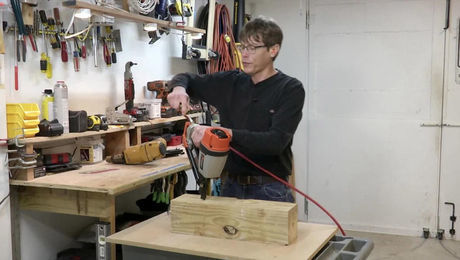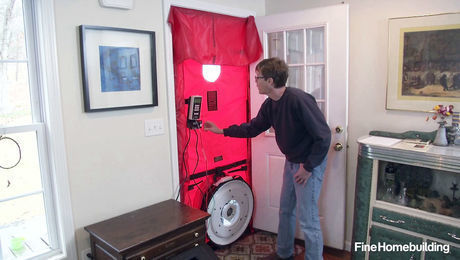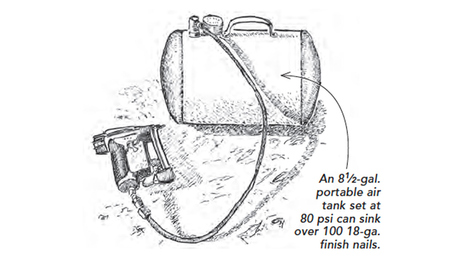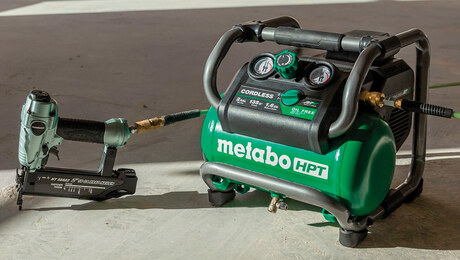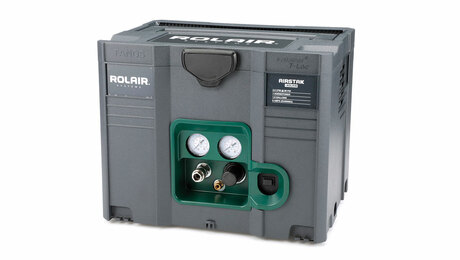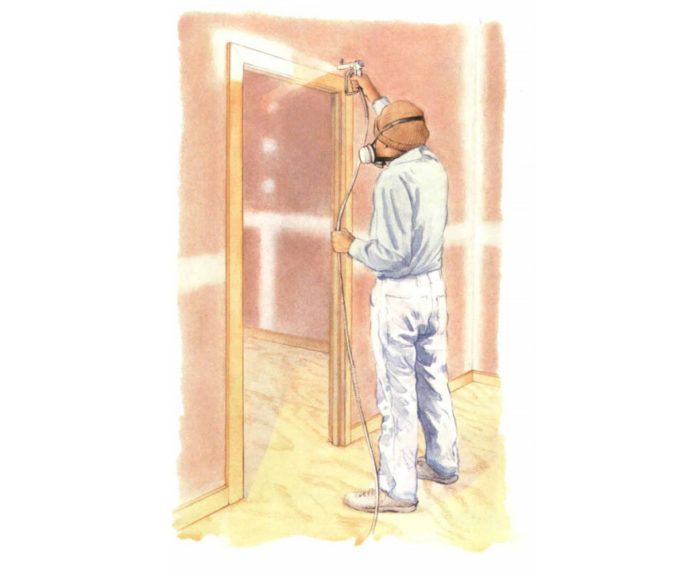
Synopsis: A builder makes the case for using spray equipment to paint interior doors and trim. Diagrams show the sequence for spraying door jambs and casing, while the text emphasizes careful prep work.
Painting is often considered a trade that doesn’t require much skill. I guess that’s because almost anyone can pick up a brush and apply the paint, whatever the outcome. It may not loom large in a construction budget, but the painter’s work almost always shows up more than anyone else’s. When you walk into a house and look around, most of the visible surfaces are finished with some type of a coating that has been applied by a painter. A truly professional job can upgrade the quality of a house, and even be the deciding factor in a sale.
Every painter has opinions as to how best to apply paint, stain and varnish, and indeed, there are many ways to get the job done. Some of my methods are pretty ordinary some are not. In this article, I’ll talk about painting in general, some of the tools and equipment involved and how I finish trim with oil-base enamel paint.
There is a spraying revolution going on in the painting business today. Many suppliers nowadays even have spray-equipment departments. Most of this hoopla stems from the development and maturation of the airless paint sprayer, which can handle thick house paints and coatings better than past contenders. Some painters spray nearly all of their work; diehards never get near the gadgets. In my own work, I strike a balance. I certainly use spray equipment, but for residential jobs I find its usefulness to be somewhat limited, especially for exterior work. Most of the time when I do spray, such as with doors and trim, it’s for the quality of the finish rather than the speed of the tool, since the extra masking and cleaning up usually tip the scale against any time saved.
On most new houses, the walls are painted first, followed by trim. I do just the opposite, and here’s why: Common flat latex wall paint is easily damaged during construction. If walls are done early, carpenters, plumbers, electricians and all the other crews will have more time to smudge and gouge them. This can be frustrating and costly to the painter, and can lead to confrontations with other subs.
Second, I paint trim with a spray gun, and this way I don’t have to worry about getting overspray on the walls. Trim benefits from spraying more than the walls do because most trim paints and varnishes have a glossy finish, which will magnify brush marks. Also, paintbrushes constantly pick up dust and spread it along the work. Using a spray gun, I can paint a whole house full of doors and trim in a few hours, and all of the preparation can be done alongside other crews.
The major drawback to doing trim first is having to go back later and mask it off to paint the walls, but since I paint the walls with brushes and rollers, I can get a clean edge with a single strip of tape.
For more illustrations and details, click the View PDF button below:










